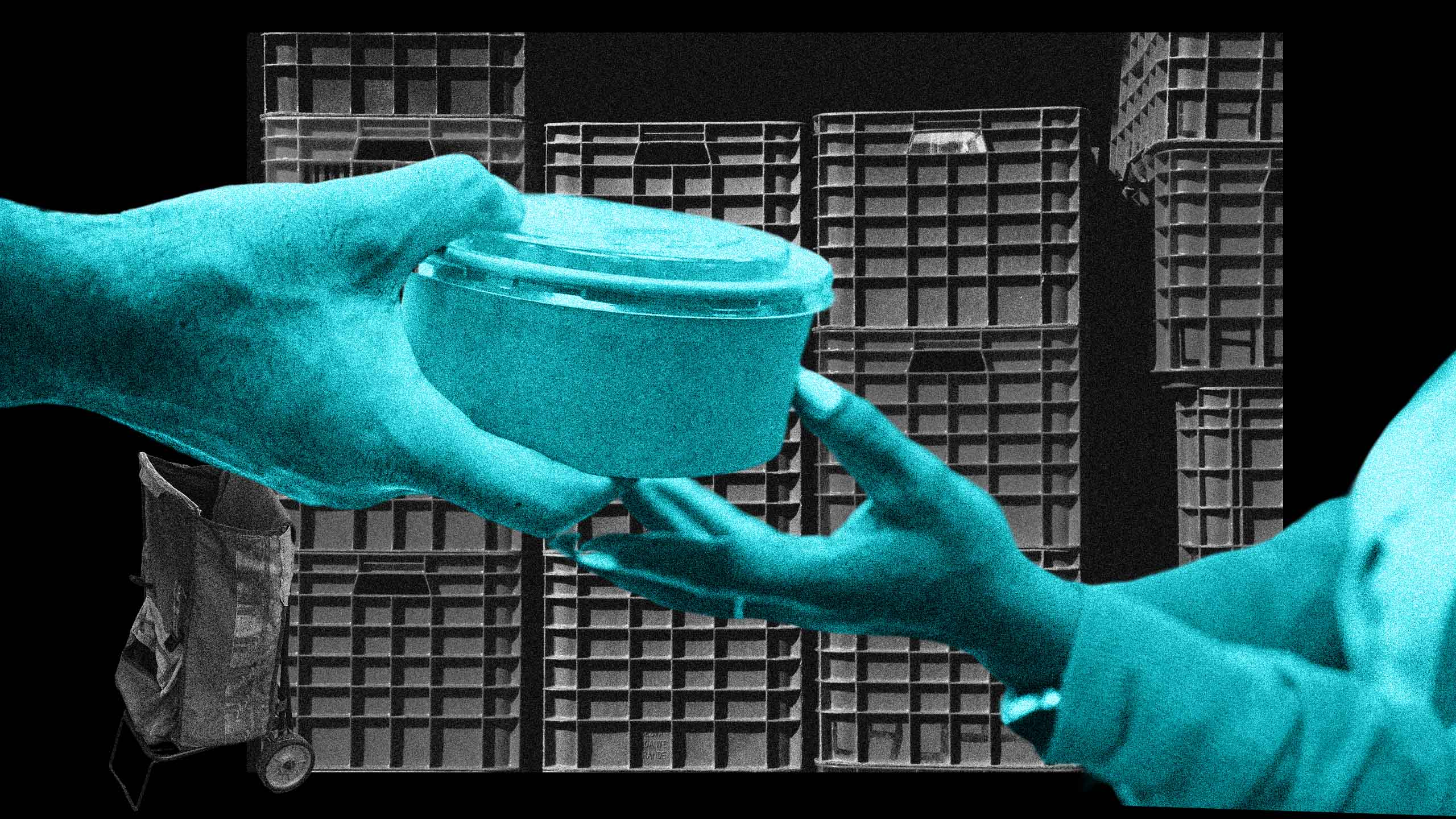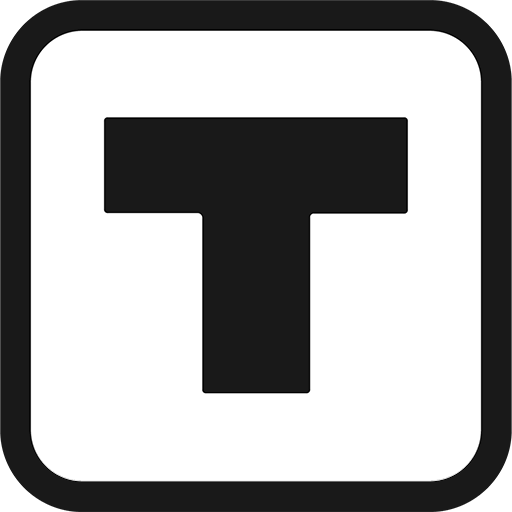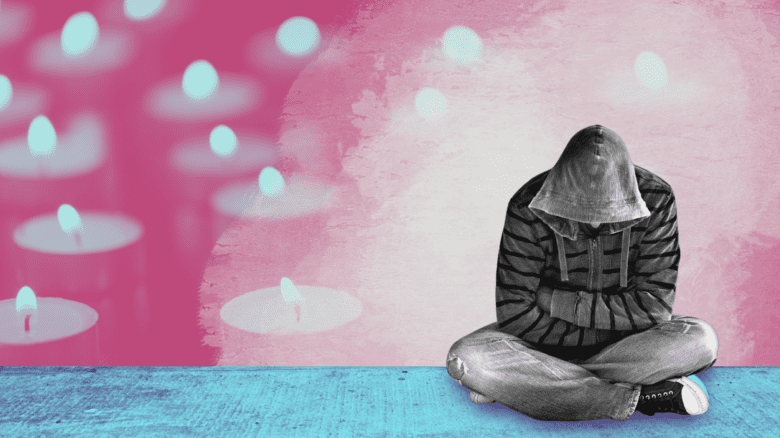I have always believed that food is a source of comfort that has the capacity to bring people together for the greater good. So it’s no wonder I was drawn to volunteering at a food bank a couple of months after moving to Ottawa from the Greater Toronto Area (GTA) in the summer of 2023. I felt a deep yearning for community and social connection and wanted to be of service. I just didn’t know where to begin.
Then, one Sunday in September, I attended Mass at St. Joseph’s Parish, a welcoming and inclusive faith community, and learned that they were seeking volunteers for one of their social justice ministries serving marginalized community members. I signed up and have been volunteering at St. Joe’s Supper Table ever since.
The Supper Table is a low-barrier food bank and community meal program that tackles food insecurity in downtown Ottawa by serving anyone in need of food, regardless of gender identity or expression, race, ethnicity, sexual orientation, ability, religion, age, culture, social or economic status.
I sometimes wonder how LGBTQ2S+ community members feel about accessing our food bank. While the Supper Table and its staff and volunteers are very welcoming of LGBTQ2S+ individuals, unfortunately this is not true of all food banks connected to churches and faith-based organizations. I imagine some folks might fear being discriminated against and feel more comfortable visiting a food bank specifically geared toward queer and trans people where they can rest assured they’re entering into a safe and non-judgmental space.
A report released last year by the Department of Health and Society (DHS) at the University of Toronto looked at how LGBTQ2S+ people in the GTA experienced food insecurity during the pandemic. It found that 42 percent, nearly half of survey respondents, reported “some level of household food insecurity (HFI), with severe HFI higher among respondents who were bisexual, transgender/gender diverse and/or assigned-female-at-birth.” The study also showed that perceived discrimination was linked to an increased likelihood of all levels of household food insecurity.
Study co-author Sarah A. Williams, assistant professor of anthropology at the University of Connecticut, underscores that discrimination and food insecurity impact some of the most vulnerable members of LGBTQ2S+ communities in an article published on the DHS website: “It’s not random that the part of the queer population that experiences the most food insecurity are trans, are people who are assigned female at birth, are bisexuals. And this is one of the ways that we can really zero in on the impact of not just interpersonal, but structural discrimination.”
Thankfully, community food banks for queer and trans folks exist in cities across the country. These programs aim to address food insecurity by creating inclusive and safer spaces for LGBTQ2S+ people to access food and find community alongside their peers.
Since 2012, Saige Community Food Bank has been serving individuals in East Vancouver, with a special focus on Two-Spirit, trans, gender-diverse and other marginalized communities who might also be navigating challenges like mental health issues and physical disabilities when accessing government-run food resources. They cultivate a safe, community-based experience for participants to receive healthy food, including fresh produce and higher-end items like baked goods and culturally appropriate foods that might otherwise be out of reach because of what is typically donated to food banks (shelf-stable items that are easy to store). Participants are empowered to select their own food items based on their personal needs and preferences, an approach also known as “the shopping model,” which differs from the pre-selected foods that some food banks provide, and have the opportunity to engage socially with fellow attendees as well as volunteers who function as community resource navigators connecting participants with other service providers and sharing information about local events.
“Many folks in Two-Spirit, trans and gender-diverse communities may not have photo ID that matches their appearance or gender. This is a barrier on most government food programs as they require government ID and proof of housing to be accessed.”
Food-sharing programs for queer and trans people like the one offered by Saige Community Food Bank where foods are donated from local organizations are needed because they remove some of the institutional hurdles that hinder individuals looking to access food banks, like government-issued ID.
“Many folks in Two-Spirit, trans and gender-diverse communities may not have photo ID that matches their appearance or gender,” says Saige Community Food Bank co-founder Ryan Hunter. “This is a barrier on most government food programs as they require government ID and proof of housing to be accessed.”
Trump’s trade war and increased food prices are a current impediment to vulnerable communities in search of food. Hunter is witnessing rising food costs resulting in an influx of people accessing Saige Community Food Bank’s programs. The food bank relies heavily on food rescue or recovery (the practice of collecting food from grocers, restaurants and other organizations that might otherwise have gone to waste and providing it to people facing food insecurity) to obtain the majority of their donations and he is hoping the tariffs won’t affect their ability to continue to support those in need.
A food bank catering to trans and non-binary people in Hamilton, Ontario, hosted by the Neighbour to Neighbour Centre (N2N) in partnership with Compass Community Health, was co-created following conversations focused on ensuring that trans and non-binary community members felt comfortable accessing free menstrual products. The conversations highlighted the need for a dedicated time for them to pick up these products as well as the fact that trans folks tend to avoid food banks due to discrimination and fears of being harassed, leading to poor physical and mental health outcomes.
“This emphasis on fresh produce and perishable foods provides a grocery-store-like experience to participants accustomed to the overdependence on canned foods found at other food banks.”
Ang, a trans person who visits the drop-in food bank on the last Friday of the month (and prefers that their last name be omitted), can relate. “Being both queer and disabled greatly increases the likelihood of facing food insecurity and discrimination while seeking support. This has absolutely been my experience.” Insights like these led to setting aside a specified time for trans and non-binary people to access the food program.
The food bank provides foods like fruit, vegetables, eggs, dairy and dairy alternatives and proteins, including meat, halal, kosher and vegan alternatives. This emphasis on fresh produce and perishable foods provides a grocery-store-like experience to participants accustomed to the overdependence on canned foods found at other food banks. And while the trans and non-binary specific food bank doesn’t support folks in remote areas, the N2N emergency food program serves households in the Hamilton area’s rural communities.
Having a specific time designated for trans and non-binary people to access the food bank allows Compass Community Health and N2N to offer other services tailored to these communities. Visitors can find out how to get help with their utilities through the Ontario Electricity Support Program and the Low-income Energy Assistance Program. They also have access to a settlement worker who provides newcomer services, and Autumn Getty, a community development worker and client advocate specialized in meeting the needs of queer and trans folks.
“My work focuses on social determinants of health in Two-Spirit and LGBTQ2S+ communities [like] income, social status, level of education, housing, childhood experiences and access to social supports and health services,” says Getty. “The food bank is experiencing a 40 percent increase in usage since the pandemic, and we’ve reached the point where the demand exceeds our resources. We are bracing for increased demand [as a result of the tariffs], but we don’t have the resources to serve them.”
The Feed Ontario 2024 Hunger Report shows that Ontario food banks are reducing the amount of food they provide amid increasing demand for their services. Over one million people accessed a food bank in Ontario from April 2023 to April 2024 (an increase of 25 percent compared to the previous year), with food banks visited a total of 7,689,580 times throughout the year (an increase of over 31 percent compared to last year).
For folks like Ang, food banks are a vital component of the social safety net and essential to their health and well-being.
“This food assistance program for trans and non-binary people has been life-saving for me. Often, they provide my only groceries at all in a month and a transit ticket, without which I could not access their services,” says Ang.
Back in the nation’s capital at the AIDS Committee of Ottawa (ACO) Food Bank, Cory Wong, manager of support services, suggests that the food program serves as an entry point for LGBTQ2S+ people—including people living with HIV, the majority of whom are gay, bisexual and other men who have sex with men, trans men, queer BIPOC (Black, Indigenous and people of colour) folks, people who use substances and vulnerable women, including trans women—to access more than just food.
“Folks often express other service needs while accessing [the] food bank. We can connect them to other services and programs provided through ACO or make warm referrals while they come for food,” he explains.
One-on-one support, group and peer support, practical assistance (like internet and phone access) and case management (including access to medication and treatment, housing support and referrals, immigration support, employment services, mental health counselling and help navigating government benefits) are some of the most popular services provided by the agency.
The weekly food bank operates on a first-come-first-served basis, with few questions asked, and no ID required. In addition to serving people in the city, the food bank relies on a limited number of bus vouchers and volunteers who help with food-box deliveries to support folks in rural areas too.
“I know you don’t have to disclose your HIV status or sexuality while accessing other food bank[s], however, you often hear homophobic slur[s] or comments that make me feel unsafe, and it all add[s] up,” says Rick (who prefers that only their first name be used), a gay and HIV-positive community member who accesses the food bank at the ACO because it’s a safe space.
“I like to come to ACO because I don’t need to hide anything: my sexuality, my HIV status. There is a sense of community, and I feel included,” Rick says.
Food banks that prioritize supporting queer and trans people fulfill their immediate needs, but are far from a sustainable solution to LGBTQ2S+ food insecurity in Canada. Tackling the issue starts with having a deep understanding of the systemic and structural barriers that impact LGBTQ2S+ communities and leave them more prone to being food insecure. It requires a commitment to combating discrimination and ensuring equitable access to food for LGBTQ2S+ people across the country, particularly those who are most at risk. Significant policy changes like increasing social assistance rates and investing in affordable housing would get at the root causes of food insecurity and strengthen the social safety net not just for LGBTQ2S+ folks, but for all Canadians. While there is still much work to be done, LGBTQ2S+ food banks will continue to meet the nutritional, emotional and social needs of the people they serve by providing food and comfort in a place and space where they feel like they truly belong.


 Why you can trust Xtra
Why you can trust Xtra


